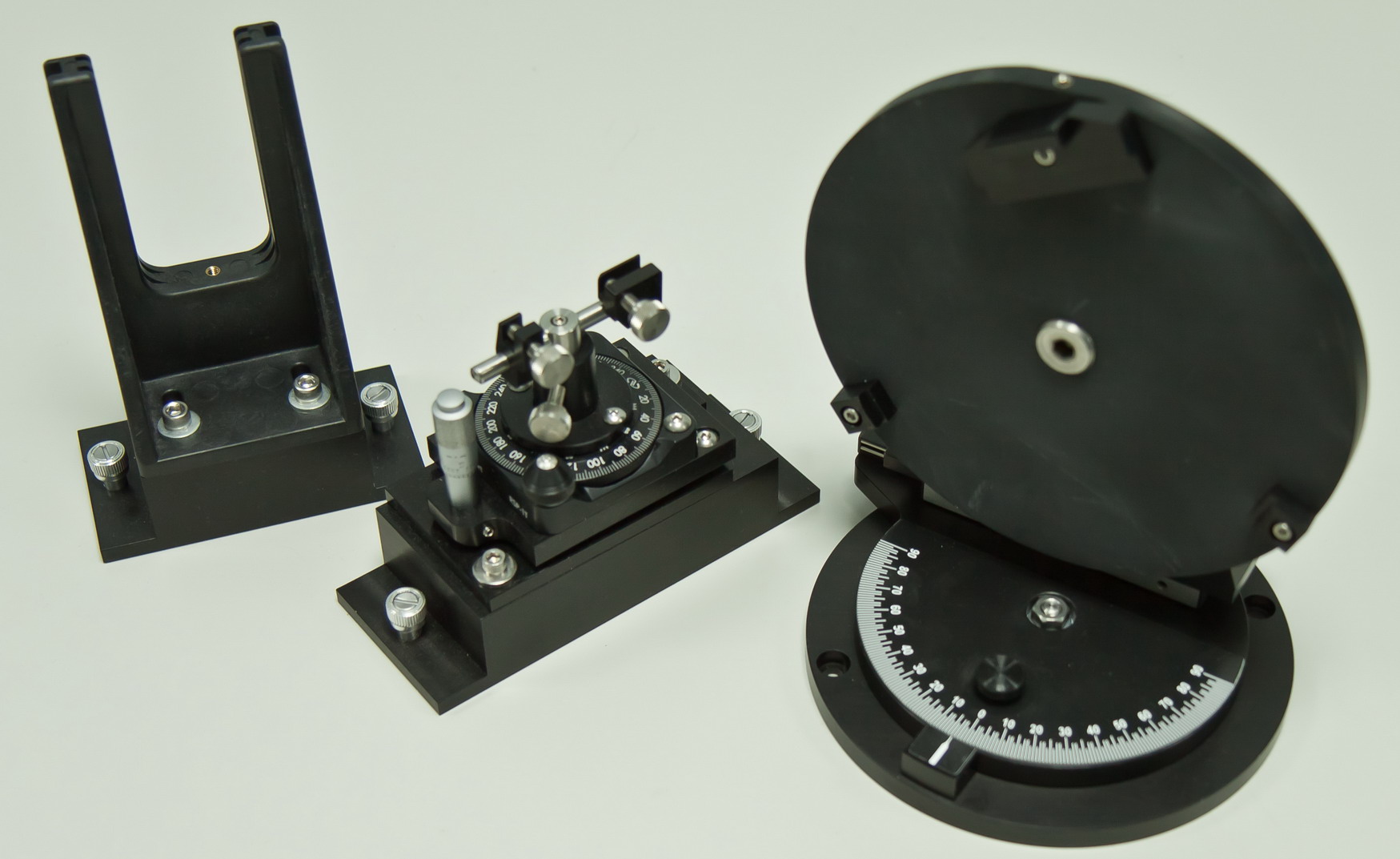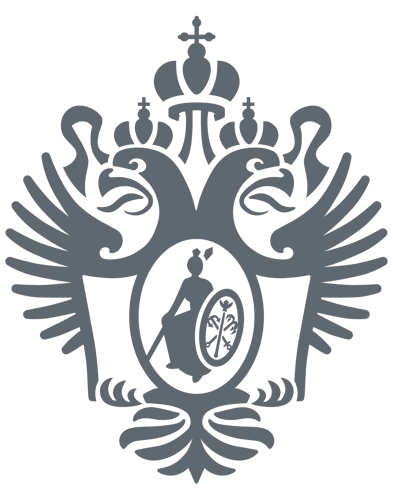
FTIR spectroscopy is used to determine the content of various organic and inorganic substances and their compounds in solid, liquid and gaseous samples (food, soil, metals and their alloys, polymers, etc.) on the absorption spectra.
The principle of the device is based on the fact that the motion of one of the mirrors of the interferometer is a change of the path difference between the interfering beams. The recorded light flux at the interferometer output (interferogram) is the Fourier transform of the detected optical spectrum. Self-spectrum (in wavenumber scale) obtained after performing an inverse Fourier transform.
Fourier spectrometer is additionally equipped with a broad spectrum of class libraries of compounds, which allows for identification of the samples.
Main characteristics
- The spectral range – 11 000 – 350 cm-1.
- Resolution – 0.1 cm-1.
- Wavelength Reproducibility, cm-1 – 0.01.
- Speed scanning at a resolution of 16 cm-1 – 90 scan/s.
- Type of spectrometer – a Michelson interferometer, 90 degrees.
- The number of mirrors in an interferometer – 2 pc.
- Adaptive dynamic automatic tuning mode of the interferometer for SST (Step scanning) and TRS (time-resolved measurement).
- Two sources operating without water cooling system: for near / mid-infrared (wavelength range 20 000 – 2000 cm-1) and for the middle / far-infrared (wavelength range 9600 – 20 cm-1), including a system to automatically switch detectors team of software.
- Thermoelectric detector deuterated triglycine (DTGS), the range of 12000 – 350 cm-1.
- Detector for far IR deuterated triglycine with plastic window (DTGS / PE), the range of 700 – 50 cm-1.
- Cooled detector, crystal based mercury-cadmium-tellurium range 11700 – 600 cm-1, window KRS-5.
- Signal to noise ratio (peak to peak) for 1 minute scan with a resolution of 4 cm-1 – 50 000:1.
- Signal to noise (rms) for 1 minute scan with a resolution 4 with cm-1 – 200 000:1.
- The piezoelectric modulator to perform phase modulation offset range for phase modulation, λ He-Ne 0.5 – 4.5.
- Cooled detector to TRS (time-resolved spectroscopy), is based on the crystal mercury-cadmium-tellurium, with built-in preamp outputs have DC and AC output voltage range of 10 V, the detector time constant of 10 ns.
- The operating frequency of the detector for the TRS – 50 MHz.
- Fast analog-to-digital converter for TRS.
- Limit frequency converter for TRS – 100 MHz.
- An internal buffer converter for TRS – 8 Mb.
- Bit converter for TRS – 14 bit.
- Optical filters TRS – 1975 cm-1 and 3950 cm-1.
Additional accessories and attachments
1. The Tabletop Optical Module (TOM) for Nicolet FT-IR spectrometers is a versatile external experiment module for polarization modulation (PM) experiments with maximum flexibility.
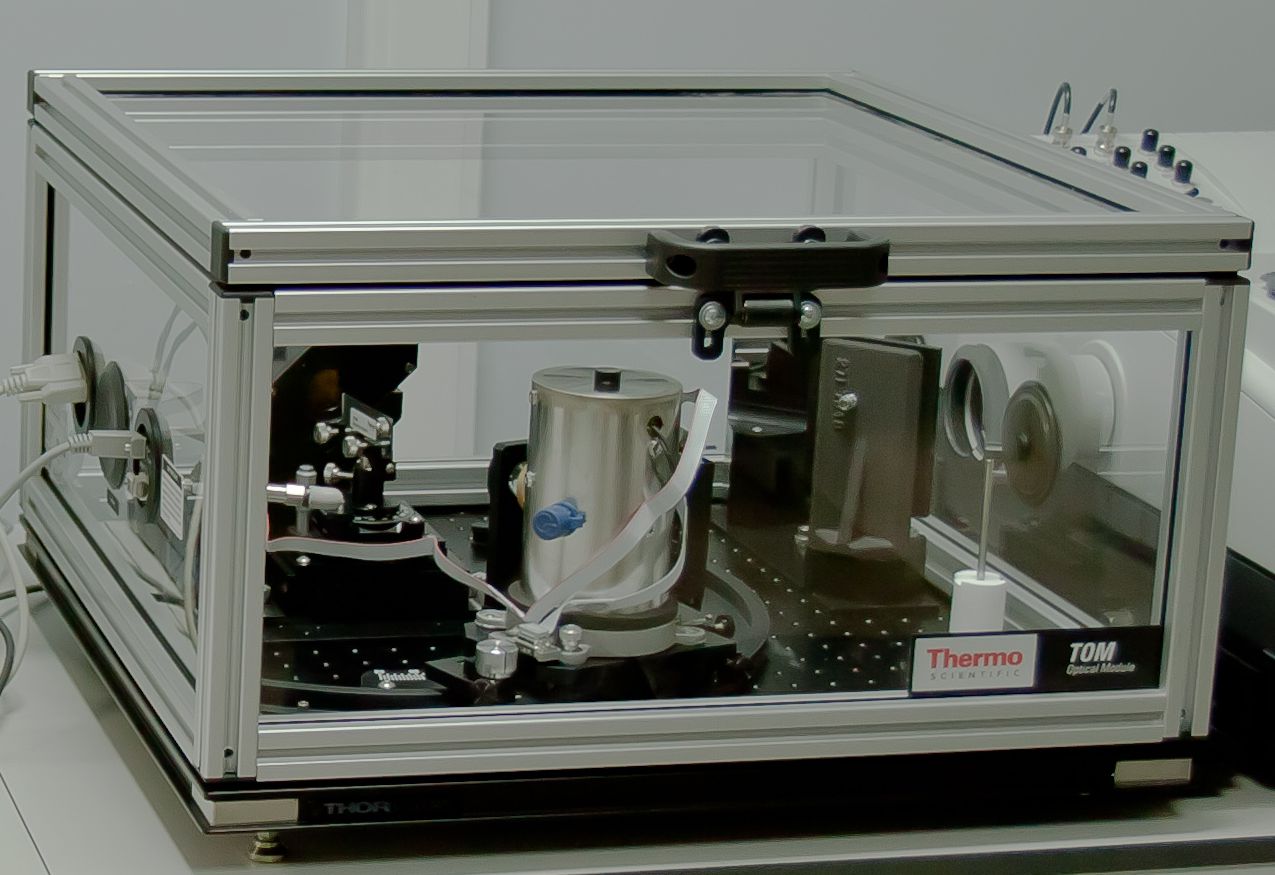
The Tabletop Optical Module (TOM) effectively meets the needs of all PM experiments when combined with a research-grade Nicolet FT-IR spectrometer that is equipped with Synchronous Sampling Techniques (SST) and step-scan SMM technology. The TOM experiments than can be performed with the TOM configuration include:
- infrared reflection absorption spectroscopy (IRRAS),
- vibrational linear dichroism (VLD),
- dynamic infrared linear dichroism (DIRLD).
Main characteristics
- - The frequency of the modulator, 50 kHz.
- - Dem, 100 kHz.
- - Aperture polarizer for TOM, 30 mm.
- - Sample Holder for TOM, for transmission measurements.
- - Cooled detector for TOM, crystal based mercury-cadmium-tellurium, with a window of barium fluoride, range 11 700 – 600 cm-1.
- - The range of angles of reflection measurements, 33-89 degrees.
Information on the manufacturer's website
2. Smart iTR
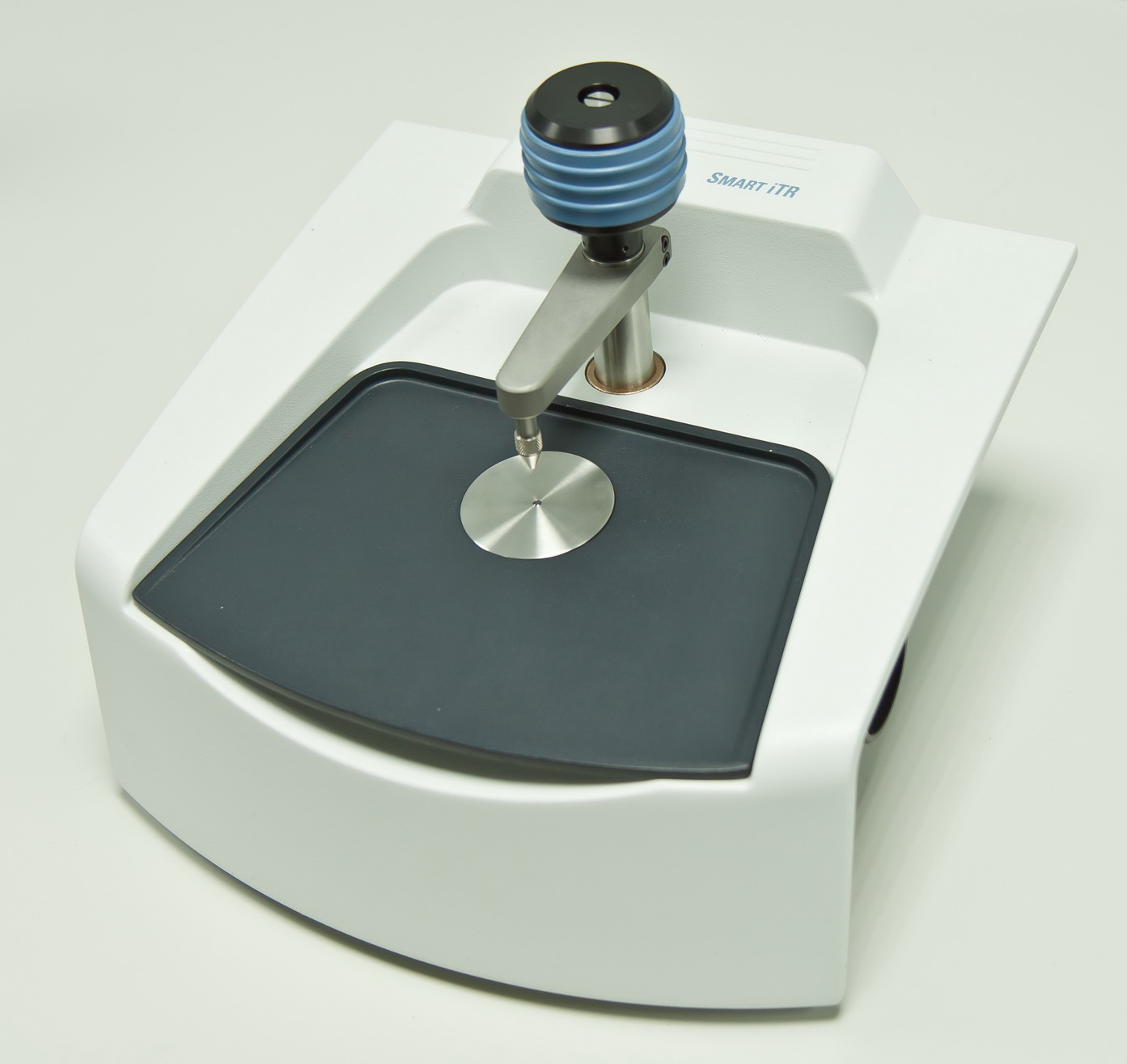
The Thermo Scientific Smart iTR™ is an ultra-high-performance, versatile Attenuated Total Reflectance (ATR) sampling accessory. Primarily designed for use with a single bounce diamond crystal, the Smart iTR also offers other options for full configurability. Each of the ATR crystals is designed for maximum infrared throughput and spectroscopic performance. ATR is the technique of choice for infrared and the Smart iTR is the accessory of choice for Thermo Scientific spectrometers. It provides exceptional sensitivity and IR throughput. ATR crystals come in a variety of configurations suitable for every need. Solid materials can be pressed onto the ATR crystal using a high pressure tower to provide consistent results. Single bounce ATR works for many strongly absorbing materials like polymers, chemicals, etc.
Information on the manufacturer's website
3. Smart Diffuse Reflectance.
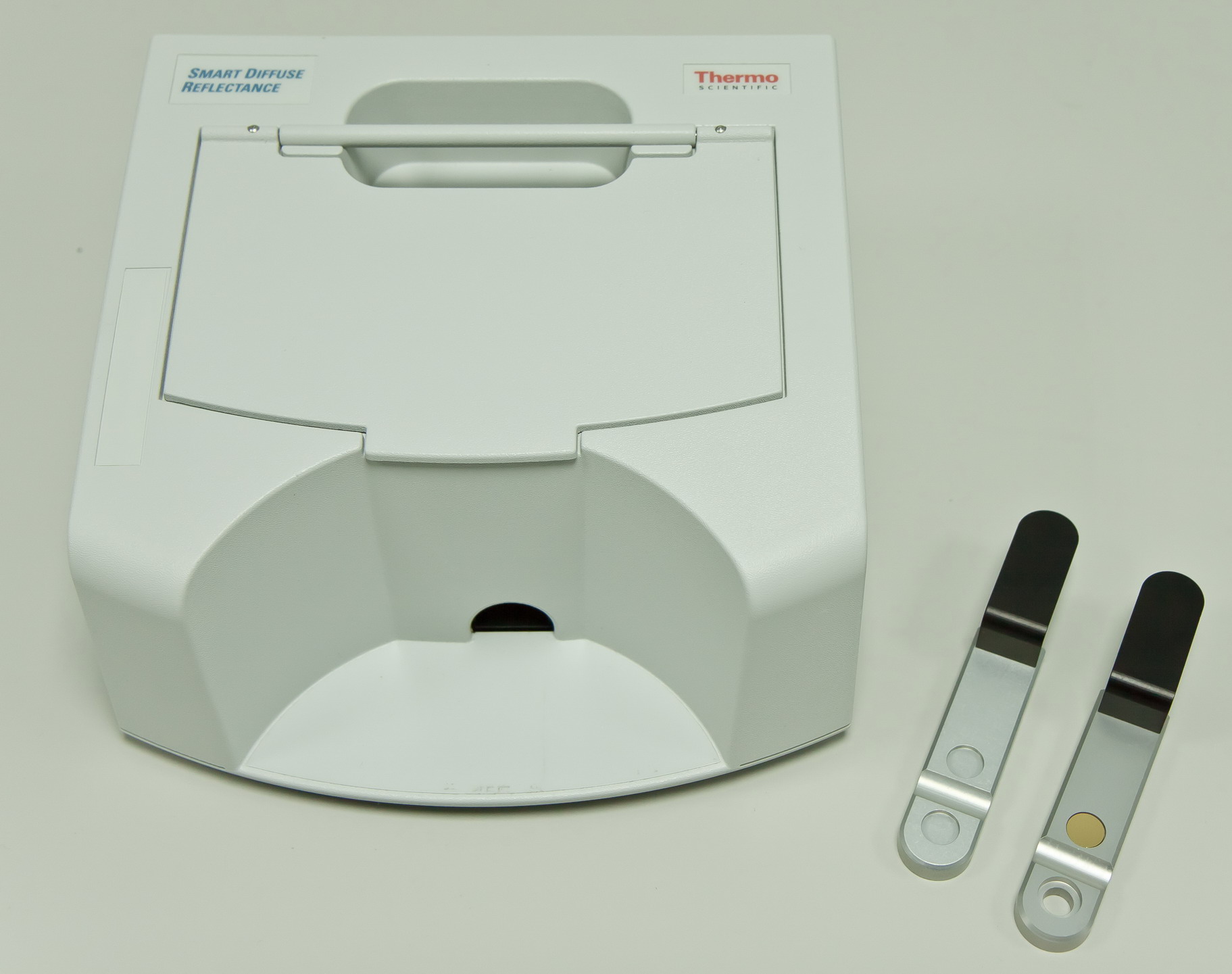
The Thermo Scientific Smart Diffuse Reflectance accessory is highly effective at maximizing diffusely scattered radiation while minimizing specular reflected radiation which is a source of spectral interference. Samples can be analyzed as is, with a slight amount of grinding or by grinding and mixing with potassium bromide (KBr). A wide variety of samples can be analyzed non-destructively.
Example Applications
- - Hard and soft powders.
- - Organic and inorganic materials.
- - Paint chips.
- - Inflexible sample that can be abraded with silicon carbide paper.
Information on the manufacturer's website
4. Thermoelectric detector deuterated triglycine (DTGS) range 12000 – 350 cm-1.
5. Detector for far IR deuterated triglycine with plastic window (DTGS/PE), the range of 700 – 50 cm-1.
6. Cooled detector , crystal based on mercury-cadmium-tellurium range 11700 – 600 cm-1, window KRS-5.
7. Demountable liquid cell with a set of Teflon spacers, 0.015, 0.02, 0.05, 0.1, 0.2, 0.5 mm with a set of windows of potassium bromide.

8. Cuvette gas, 100 mm with a set of windows of barium fluoride.
9. A set of interchangeable holders.
